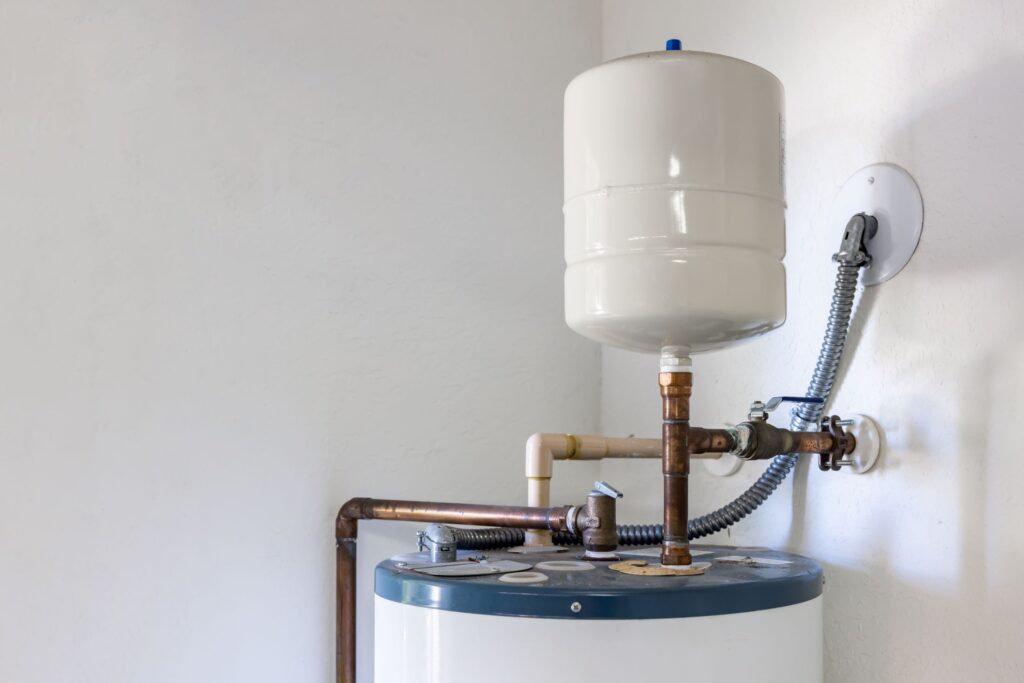What are your thoughts about Tips on Maintaining a Water Heater?

Hot water is vital for daily convenience, whether it's for a rejuvenating shower or washing recipes. To guarantee your hot water system runs successfully and lasts much longer, regular upkeep is crucial. This short article provides useful tips and insights on how to maintain your home's warm water system to stay clear of disruptions and pricey fixings.
Intro
Preserving your home's hot water system could appear complicated, however with a few straightforward actions, you can ensure it operates efficiently for years ahead. This overview covers whatever from understanding your hot water system to DIY upkeep ideas and knowing when to call in expert help.
Relevance of Preserving Your Hot Water System
Normal maintenance not only expands the life expectancy of your warm water system but additionally guarantees it operates effectively. Overlooking upkeep can cause lowered performance, higher energy expenses, and also early failure of the system.
Signs Your Hot Water System Needs Maintenance
Understanding when your warm water system requires focus can prevent significant concerns. Look out for signs such as inconsistent water temperature level, odd sounds from the heating system, or rusty water.
Flushing the Hot Water Heater
Purging your water heater removes sediment buildup, enhancing effectiveness and extending its life.
Monitoring and Changing Anode Rods
Anode rods avoid rust inside the storage tank. Inspecting and replacing them when worn is vital.
Complicated Concerns Calling For Professional Help
Examples consist of significant leakages, electrical problems, or if your water heater is constantly underperforming.
Routine Expert Upkeep Conveniences
Professional maintenance can consist of thorough inspections, tune-ups, and ensuring compliance with security requirements.
Checking and Changing Temperature Level Setups
Readjusting the temperature level setups makes certain optimal performance and safety.
DIY Tips for Maintenance
You can perform several maintenance tasks yourself to keep your hot water system in top condition.
Checking for Leaks
Frequently check pipes and connections for leaks, as these can cause water damage and higher bills.
Comprehending Your Hot Water System
Before diving into maintenance tasks, it's useful to understand the basic components of your warm water system. Commonly, this includes the hot water heater itself, pipelines, anode rods, and temperature controls.
Month-to-month Maintenance Tasks
Normal regular monthly checks can aid catch minor problems before they rise.
Checking Pressure Alleviation Valves
Checking the pressure safety valve ensures it functions appropriately and avoids excessive stress buildup.
Protecting Pipelines
Protecting warm water pipes minimizes warm loss and can save power.
When to Call a Specialist
While DIY maintenance is beneficial, some concerns need professional expertise.
Final thought
Regular upkeep of your home's warm water system is vital for efficiency, long life, and expense financial savings. By complying with these tips and recognizing when to seek specialist assistance, you can guarantee a reliable supply of warm water without unforeseen disruptions.
How to Maintain an Instant Hot Water Heater
Before tinkering with your hot water heater, make sure that it’s not powered on. You also have to turn off the main circuit breaker and shut off the main gas line to prevent accidents. Also turn off the water valves connected to your unit to prevent water from flowing into and out of the appliance. 2. When you’re done, you have to detach the purge valves’ caps. These look like the letter “T” and are situated on either side of the water valves. Doing so will release any pressure that has accumulated inside the valves while at the same time avoid hot water from shooting out and burning your skin. 3. When the purge valves’ caps are removed, you have to connect your hosing lines to the valves. Your unit should have come with three hoses but if it didn’t, you can purchase these things from any hardware or home repair shops. You can also get them from retail stores that sell water heating systems. Read the user’s manual and follow it to complete this task properly. When the hosing lines are connected, open the purge port’s valves. 4. You should never use harsh chemical cleaners or solutions when cleaning your unit. Make use of white vinegar instead. It should be undiluted and you’ll probably use about 2 gallons. 5. Now flush your water heater. This task should probably take about 40 minutes. We can’t give you specific directions for this because the procedure is carried out depending on the type, model and brand of your heater. With that being said, refer to the user’s manual. 6. When you’re done draining the unit, you have to turn off the purge port valves again. Remove the hosing lines that you earlier installed on each of the water valves. Put the valve caps (purge port) back in their respective places and be very careful so as not to damage the rubber discs that are found inside these caps. 7. Now that everything’s back in place, check your user’s manual again to find out how to reactivate your water heating system. 8. Once it is working, turn one of your hot water faucets on just to let air pass through the heater’s water supply pipes. Leave the tap on until water flows smoothly out of it. https://www.orrplumbing.com/blog/2014/september/how-to-maintain-an-instant-hot-water-heater/

I found that page on What Kind of Maintenance Do Water Heaters Need? when browsing the internet. Liked our article? Please share it. Let somebody else find it. Thank-you for going through it.
View More